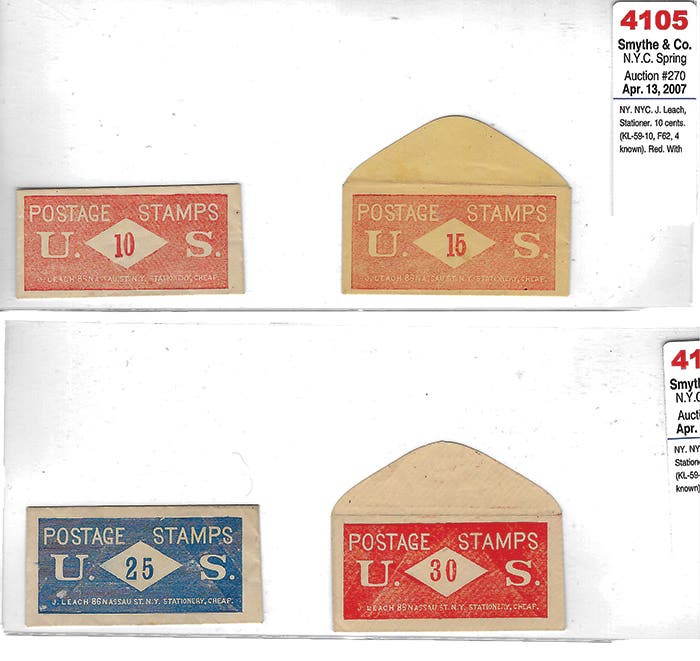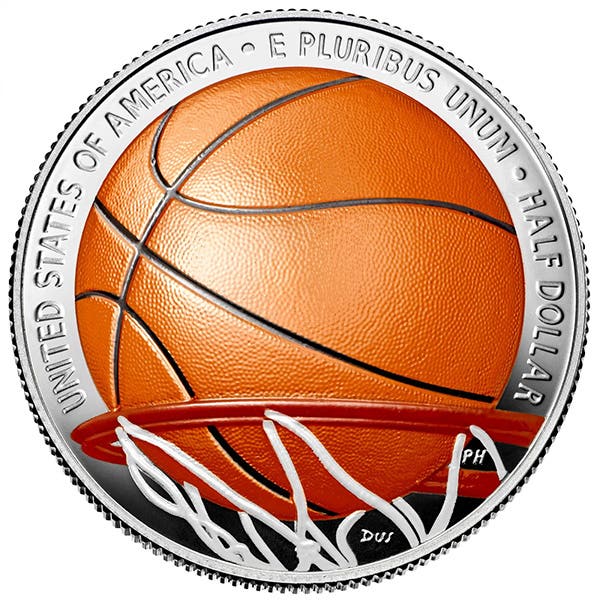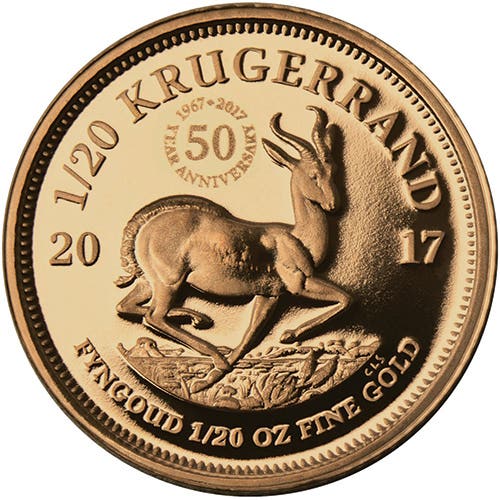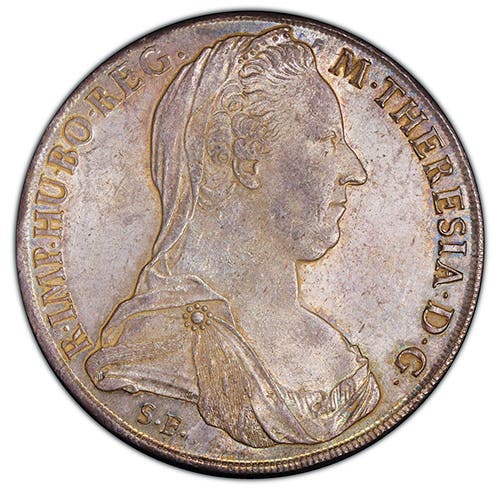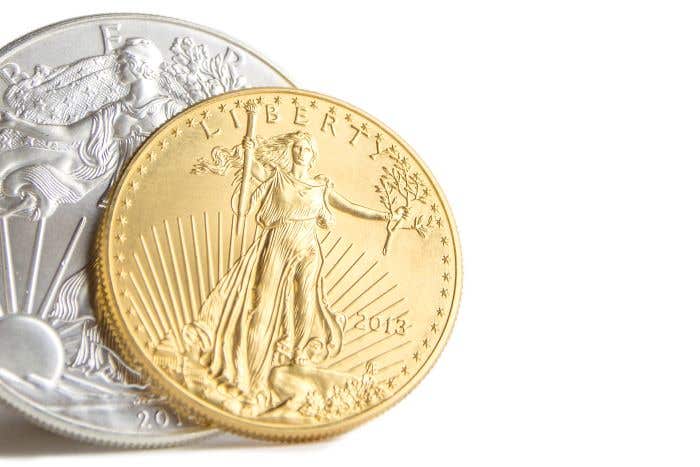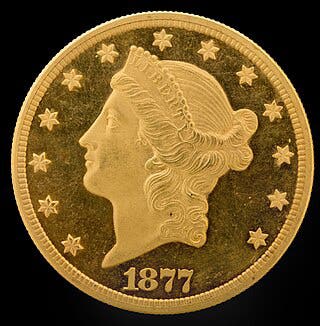Viewpoint: Crack-outs skew coin ‘pop’ reports
By Richard Francis I am certain that in 1959, when a high-school student named Brian received an “F” on an assignment for music class, he must have been very discouraged….
By Richard Francis
I am certain that in 1959, when a high-school student named Brian received an “F” on an assignment for music class, he must have been very discouraged. Who wouldn’t be? Fortunately, he did not give up on his passion for music.
Per Wikipedia, Brian “is known for his unorthodox approaches to pop composition and mastery of recording techniques and he is widely acknowledged as one of the most innovative and significant songwriters of the late 20th century. Also, in 2015 Rolling Stone Magazine ranked him No. 12 on the list of the 100 greatest songwriters of all time. Furthermore, he was inducted into the rock and roll hall of fame in 1988.
Clearly, the instructor of Brian’s music class did not recognize the talent this young man had inside him. The student was Brian Wilson, and the composition that received a failing grade was the basis for the song “Surfin’”, the first single for the Beach Boys. Of course, the rest is history.
Brian Wilson, now 75, recently returned to Hawthorne High School in California as he wanted to appeal the failing grade. Wilson was successful in his appeal. Current principal, Dr. Vanessa Landesfeind, changed the failing grade to an A.
As Brian Wilson appealed the grade given to his musical composition, many numismatists appeal the grades their coins received by resubmitting them for review. I understand the reasoning behind doing so. However, one can’t ignore the effect resubmissions have on the population reports.
This is the problem. There is no real corrective mechanism to account for resubmissions; therefore, each resubmission skews the numbers. Noted numismatist Q. David Bowers is quoted as saying, “A West Coast dealer told me of resubmitting a 1916-D dime to a leading grading service over two dozen times until finally it came back graded MS-65.” As the coin was resubmitted over two dozen times, this example alone added over 24 MS-64 coins that do not exist to the total of 1916-D dimes.
Due to the volume of coins regularly submitted for certification, it would be easy to conclude that resubmissions similar to the one noted above have little effect on population report data. However, that is simply not the case. Let me explain in detail how resubmissions can skew the numbers. Let’s say there is a coin where there are 40 MS-64s, and of those, 20 are high end. Of the high-end coins, five are resubmitted and shut down 14 times each before finally “changing residence” and moving uptown to 409 MS-65 Kokomo Ave. on the 15th submission.
That adds 70 phantom coins (5 X 14) to the MS-64 total. So, while the population report reflects 110 coins (70 phantom coins plus the original 40) that is far from accurate. Taking into account the fact that five coins are no longer part of the true MS-64 total, the correct figure is actually 35.
In other words, for every legitimate MS-64, there are two phantom coins. This perceived increase will certainly have a negative effect on value. Should I own one of the MS-64 coins, by the time I get around to selling it, I may have to do so at a loss when compared to its actual value.
I would now like to stray a little off point and make an observation. It should also be noted that the above scenario also adds five low-end coins to the MS-65 total. What were once high-end MS-64s are now low-end MS-65s. This is yet another side effect of the crack-out game.
While the crack-out game can add to the total of low-end coins, it is important to note that there is a useful tool that helps us identify coins that are solid for the grade. I am referring to CAC (Certified Acceptance Corporation) stickers, commonly known as “green beans.” The green bean is used to identify coins that are solid for the grade.
In most cases, you can purchase a CAC stickered coin sight unseen and be confident of what you will receive. A quick glance at any reference of recent coin sales will clearly show that CAC-stickered coins typically sell for a premium, and that is why.
That is not to say that non-CAC-stickered coins are not solid for the grade. However, should you ever decide to sell your coin(s), in most cases a CAC-stickered coin will typically sell for a premium and be easier to liquidate.
Let’s return to our focus and further explore how resubmissions can affect the reliability of population reports. Due to submission fees, it would only be financially worth the risk to resubmit a coin when there is a significant jump in price between grades. In other words, the potential financial gain must be worth the risk.
Take, for example, the 1880-O Morgan dollar. According to the Feb. 6, 2018, issue of Numismatic News, in MS-64 the coin has a value of $1,450. In comparison, the coin has a value of $14,000 in MS-65. If someone owns a high-end MS-64, they might resubmit it multiple times in hopes of obtaining an MS-65 grade, thus increasing its value. Even if the coin had to be submitted 20 times before it reached MS-65, it would be financially worth it.
On the other hand, if it was an 1880-S Morgan dollar, as the difference in value between an MS-64 and MS-65 is $75, that would not be worth resubmitting. In other words, the coins most likely affected by the crack-out game are the ones where there is a significant jump in price between grades. So, we can probably put more faith in the accuracy of the information for coins that do not have large price increases between grades.
Up to this point, we have discussed how resubmissions can affect the accuracy of the population reports. Equally important are the coins which have not as yet been submitted.
While many coins might currently qualify as the finest known or as extremely rare in a particular grade of mint state, one must take into consideration the possibility of future submissions. Let me explain.
A Professional Coin Grading Service MS-67 MAC (Modern Approved Coin) 2010 Lincoln Shield cent recently sold for $2,995 on eBay. While the population report information indicates the coin is rare in MS-67, in actuality, it might not be all that rare.
The 2010 Lincoln Shield cent had a mintage of 1,963,630,000. Utilizing this information, we can conclude that there is a strong likelihood other MS-67 or better 2010 Lincoln Shield cents exist. Should other MS-67s come to market, the value of the coin that sold for $2,995 would certainly be affected in a negative way. As stated, the possibility of future submissions should always be taken into consideration.
For those wondering why we have not seen more MS-67 Lincoln Shield cents, the answer is quite simple. Most people would not attempt to submit a 2010 Lincoln Shield cent due to the financial risk. A PCGS MS-66 Red example recently sold for $15.50 on eBay. Clearly, whoever paid to certify that coin lost money.
Just as it is unlikely people would submit 2010 Lincoln Shield cents for certification, it is also unlikely that people would submit coins that have a value of less than $100. It simply isn’t worth it due to the fees involved.
That being said, it stands to reason that there are many coins in the “less than $100” category that have not been submitted and probably never will be. As only a fraction of coins in this category have been submitted, the information on the few that have been submitted simply cannot be relied upon.
Truth be told, very little of the population report information can be relied upon. Wouldn’t it be nice if there was a way to correct all population report errors? While that is a worthy goal, it’s closer to a pipe dream at this point. God only knows why this issue was not addressed long ago. However, in an effort to minimize the effect resubmissions have on population report data, in 2015 Numismatic Guaranty Corporation began a label buy-back program.
NGC offers a 50-cent grading credit for each NGC certification label that is returned to NGC for removal from its population database. While I respect their efforts, I feel the results are comparable to placing a bandage on a bullet wound. The damage done thus far is much too great for this program to be of any significant benefit.
In conclusion, while population report information can be useful, the picture painted is somewhat distorted. Over time, the information provided may in fact be worth very little. As each phantom coin is added to the database, another crack appears in our numismatic dam. Should our numismatic dam break, we may catch a wave of such proportions that even the best surfer couldn’t ride it.
We simply cannot take population report information at face value. The information provided must be taken with a grain of salt. It is not the end all/be all.
Whether active participants or innocent bystanders, we are all affected by the crack-out game. With most games there is a clear winner and loser. Not so with the crack-out game.
Wendy might win if her coin receives an upgrade but lose if she relies on population report information when buying or selling coins. In reality, it seems there are no real winners, except of course the certification services, as they get paid for each submission.
One more thing: 10 Beach Boys song titles are hidden within this article. So, if you are a Beach Boys fan, test your knowledge by going back through and trying to find them. As the song “Surfin’” was specifically referenced at the beginning of the article, it is not one of the hidden song titles.
Now that my article is finished, I think I will go relax in my room and listen to the Beach Boys. Surf’s up.
NOTE: The hidden song titles are below:
“Shut Down”
“409”
“Kokomo”
“I Get Around”
“Wouldn’t It Be Nice”
“God Only Knows”
“Catch A Wave”
“Wendy”
“In My Room”
“Surf’s Up”
This “Viewpoint” was written by hobbyist Richard Francis.
To have your opinion considered for Viewpoint, write to David C. Harper, Editor, Numismatic News, 700 E. State St., Iola, WI 54990. Send email to david.harper@fwmedia.com.
This article was originally printed in Numismatic News. >> Subscribe today.
More Collecting Resources
• Subscribe to our monthly Coins magazine - a great resource for any collector!
• Download The Metal Mania Seminar with David Harper to learn more about the metals market.




